Wroclaw: WW2 Tour to Project Riese & Gross-Rosen Museum
While some may find the idea of visiting historical sites from World War II unsettling, exploring Wroclaw’s WW2 Tour to Project Riese & Gross-Rosen Museum offers a unique glimpse into the past.
The journey through these significant locations not only sheds light on the atrocities of the war but also provides a deeper understanding of the resilience of the human spirit in the face of adversity.
As visitors explore the underground structures of Project Riese and uncover the stories within the Gross-Rosen Museum, they will be captivated by the haunting narratives waiting to be unearthed.
Key Points
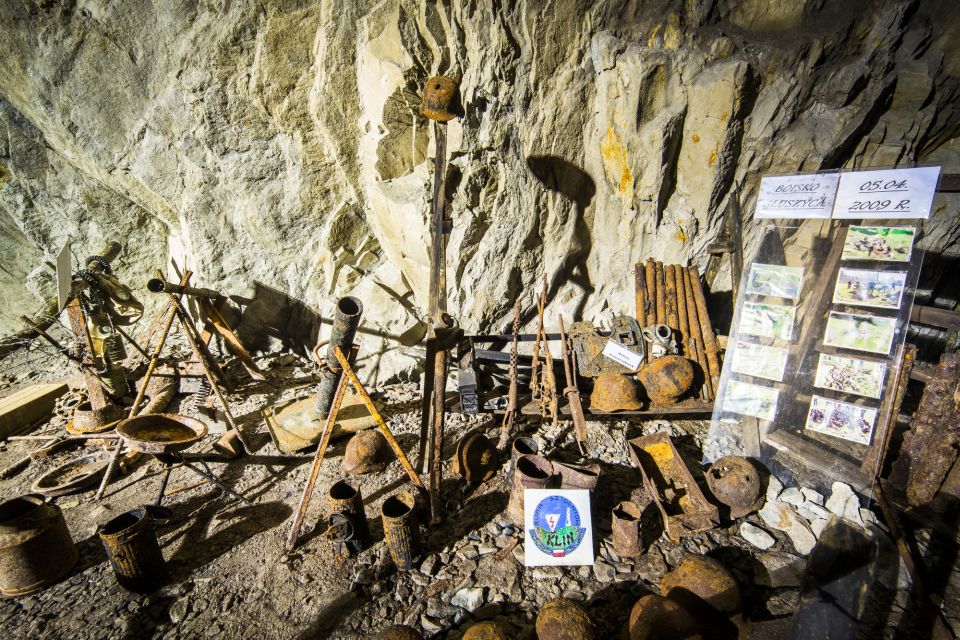
- Explore Project Riese’s underground structures revealing Nazi construction feats.
- Witness the historical significance of Osówka’s underground city near Książ Castle.
- Gain insight into the harrowing experiences of Gross-Rosen Concentration Camp survivors.
- Experience immersive museum exhibits honoring the camp victims and preserving WWII history.
Tour Booking Details

When booking the Wroclaw WW2 Tour to explore Project Riese and the Gross-Rosen Museum, travelers can take advantage of tour flexibility with free cancellation up to 24 hours in advance for a full refund.
This feature allows visitors to keep their travel plans adaptable while delving into the historical significance of these sites. By offering this option, the tour provides a stress-free booking experience, ensuring that participants can adjust their schedule if needed without incurring any charges.
Understanding the importance of the historical context surrounding Project Riese and the Gross-Rosen Museum, the tour aims to make learning about World War II history in Lower Silesia accessible and convenient for all those interested in exploring these significant locations.
Tour Experience Highlights
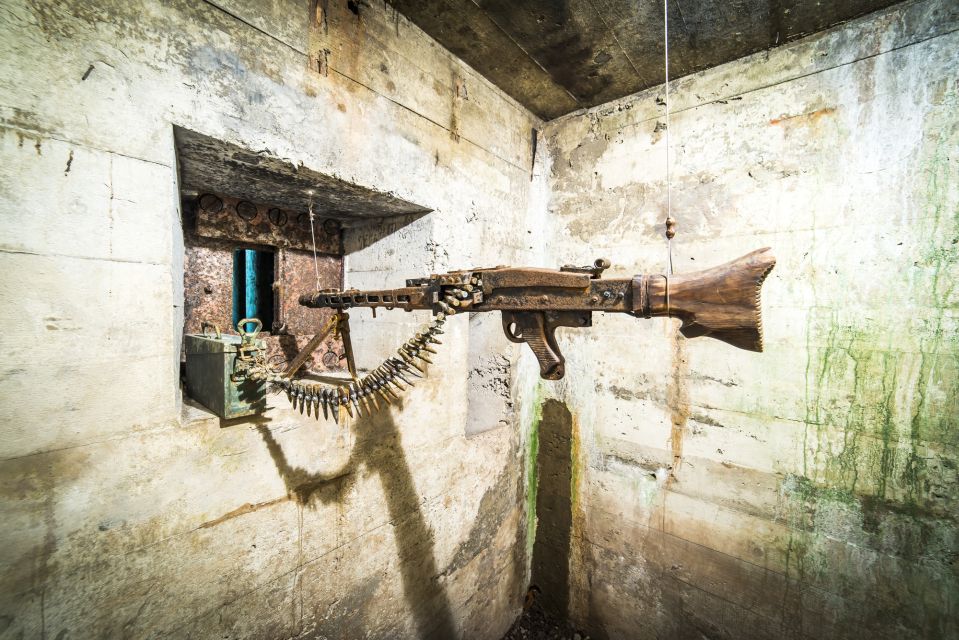
Exploring the Wroclaw WW2 Tour’s highlights includes a captivating visit to Project Riese and the Gross-Rosen Museum, offering a deep dive into the historical significance of these sites.
At Project Riese, visitors can explore the Nazi construction project undertaken from 1943 to 1945, exploring seven underground structures in the Owl Mountains and Książ Castle. The tour allows guests to navigate the network of underground caverns at various stages of completion, with a particular focus on the Osówka site known as the Underground City.
Moving on to the Gross-Rosen Museum, guests can witness artifacts, learn about the German network of Nazi concentration camps, and understand the historical context of the Gross-Rosen camps, which held 11% of total inmates in Nazi concentration camps during World War II.
Transportation and Guides Information
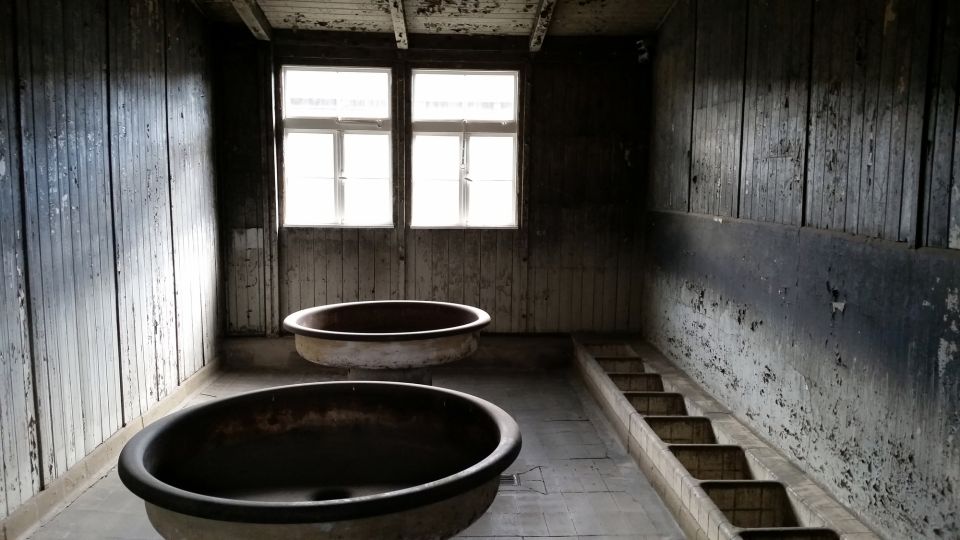
With a skilled driver for transportation and knowledgeable guides available, the Wroclaw WW2 Tour offers a seamless and informative exploration of Project Riese and the Gross-Rosen Museum.
The driver communicates effectively in English, ensuring a smooth journey to and from the sites. Plus, audio equipment with guides in English and German enhances the tour experience, providing detailed insights into the historical significance of each location.
Guests can expect prompt pickups from hotels in Wrocław, setting the tone for a well-organized private group tour.
The combination of a skilled driver, clear communication, and informative audio guides ensures that participants can focus on absorbing the rich history of Project Riese and the Gross-Rosen Museum without any transportation or language barriers.
Project Riese Overview

The historical exploration of Project Riese unveils a complex network of underground structures built by the Nazis between 1943 and 1945 in the Owl Mountains and Książ Castle. This Nazi construction project from World War II consisted of seven underground structures, including the Osówka site known as the Underground City.
Visitors can explore the network of underground caverns at various stages of completion, gaining insight into the history and significance of Project Riese. The site serves as a stark reminder of the past, offering a glimpse into the engineering feats and dark history of this era.
Project Riese stands as a testament to the immense scale and ambition of Nazi construction projects during World War II.
Project Riese Underground Structures

Beneath the tranquil surface of the Owl Mountains and Książ Castle lies a network of clandestine underground structures known as Project Riese.
-
Historical Significance: Project Riese was a Nazi construction project from 1943-1945, with seven underground structures showcasing different stages of completion.
-
Exploration Opportunities: Visitors can explore the network of underground caverns, providing insight into the secretive operations during World War II.
-
Architectural Marvel: The underground structures at Project Riese demonstrate the engineering feats and the scale of the Nazi construction project.
-
Educational Experience: Learning about the history and significance of Project Riese offers a unique perspective on the events that transpired during this dark period of time.
Visit to Osówka Underground City
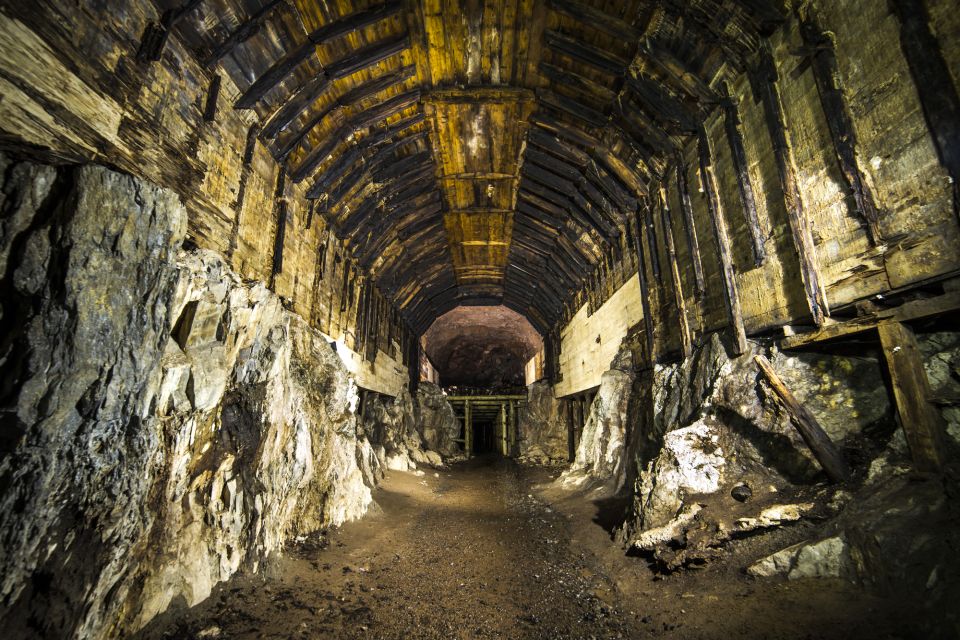
Exploring the depths of the Owl Mountains and Książ Castle reveals the captivating secrets of the Osówka Underground City, a key site within the expansive Project Riese. This underground complex offers unique exploration opportunities, allowing visitors to explore the intricate network of tunnels and chambers constructed during World War II. The historical significance of Osówka lies in its role as a mysterious part of the Nazi regime’s ambitious plans, shrouded in secrecy and speculation. To provide a clearer picture, below is a table summarizing the key aspects of the Osówka Underground City:
| Aspect | Description |
|---|---|
| Location | Owl Mountains, near Książ Castle |
| Construction | Nazi underground complex |
| Purpose | Speculated but not fully disclosed |
| Historical Significance | Intriguing part of Project Riese |
| Exploration | Guided tours offering insight into the site |
Gross-Rosen Concentration Camp History

Amidst the dark shadows of World War II atrocities, Gross-Rosen Concentration Camp stands as a stark reminder of human suffering and resilience.
-
Inmate stories bring to light the harrowing experiences and unimaginable hardships faced within the camp’s confines.
-
Liberation aftermath reveals the challenges faced by survivors as they tried to rebuild their shattered lives.
-
The camp’s history serves as a testament to the atrocities committed during the Holocaust and the resilience of those who endured unimaginable horrors.
-
Gross-Rosen’s role in World War II history underscores the importance of remembering the past to ensure such atrocities are never repeated.
Gross-Rosen Museum Exhibitions
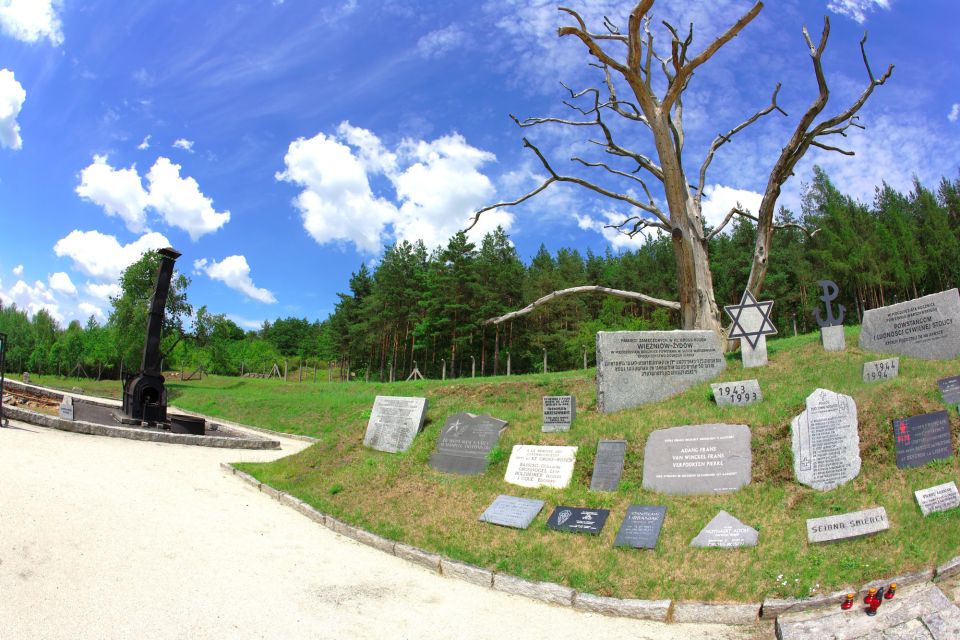
The Gross-Rosen Museum showcases a compelling array of exhibitions that vividly depict the harrowing realities of the Nazi concentration camp’s history. Visitors can explore both indoor exhibitions and outdoor displays that provide a deep insight into the lives of those affected by the atrocities committed at Gross-Rosen. The table below highlights some of the key features of the museum’s exhibitions:
| Exhibition Type | Description | Highlights |
|---|---|---|
| Indoor Exhibitions | Detailed displays showcasing artifacts, personal belongings, and historical documentation | Interactive exhibits |
| Outdoor Displays | Memorials, reconstructed barracks, and remnants of the camp infrastructure | Outdoor sculptures and monuments |
These exhibitions offer a somber yet essential educational experience for those seeking to understand the tragic events of World War II.
Common questions
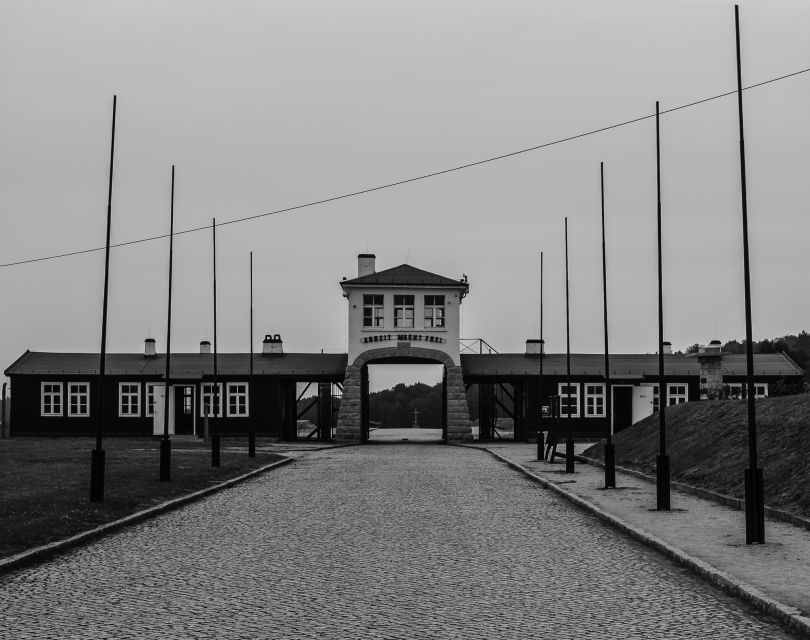
Are There Any Specific Clothing or Footwear Requirements for Exploring the Underground Structures at Project Riese?
Exploration gear is recommended for touring underground structures at Project Riese. Visitors should wear sturdy, comfortable footwear suitable for walking on uneven terrain. It’s essential to prioritize safety and comfort when exploring historical sites like these.
Is There a Minimum Age Requirement for Participating in the Tour to Gross-Rosen Concentration Camp?
There is no set minimum age requirement for the tour to Gross-Rosen Concentration Camp. It’s essential to consider the educational significance and historical context of this visit, along with cultural sensitivity and ethical considerations for all participants.
Are There Any Restrictions on Photography or Filming at Either Project Riese or Gross-Rosen Concentration Camp?
Photography and filming restrictions may apply at Project Riese and Gross-Rosen Concentration Camp. Visitors should inquire about guidelines before capturing images. Respecting these restrictions ensures the preservation of these historical sites and the dignity of those who suffered.
Are There Any On-Site Facilities Such as Restrooms or Food Options Available During the Tour?
Restroom availability and food options are limited during the tour. Visitors are advised to plan accordingly. It is recommended to bring snacks and use facilities before departing to ensure comfort during the 8-hour journey.
Can Visitors Bring Personal Belongings Such as Bags or Backpacks Into the Underground Caverns at Project Riese or the Museum at Gross-Rosen Concentration Camp?
Visitors can bring personal belongings like bags or backpacks into the underground structures at Project Riese and the museum at Gross-Rosen Concentration Camp. It’s important to ensure items are manageable for exploring these historical sites comfortably.
Last Words
Experience the chilling remnants of World War II on a riveting tour to Project Riese and the Gross-Rosen Museum in Wroclaw. Explore the secrets of Nazi construction projects and concentration camps with knowledgeable guides leading the way.
Enjoy the haunting history of these sites, shedding light on the dark chapters of Lower Silesia’s past. Book now for a unique opportunity to explore these significant historical landmarks.